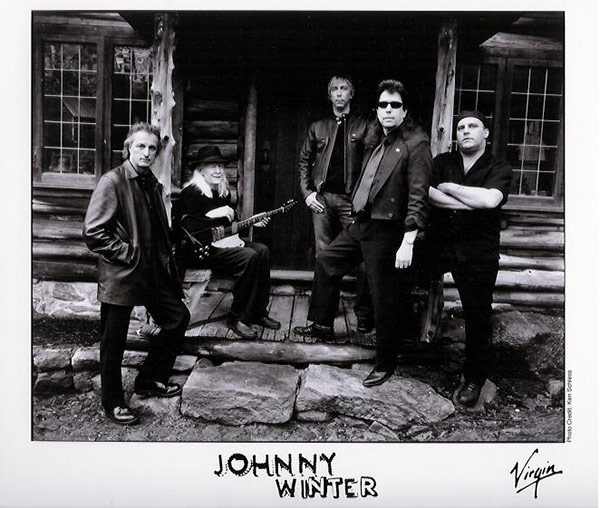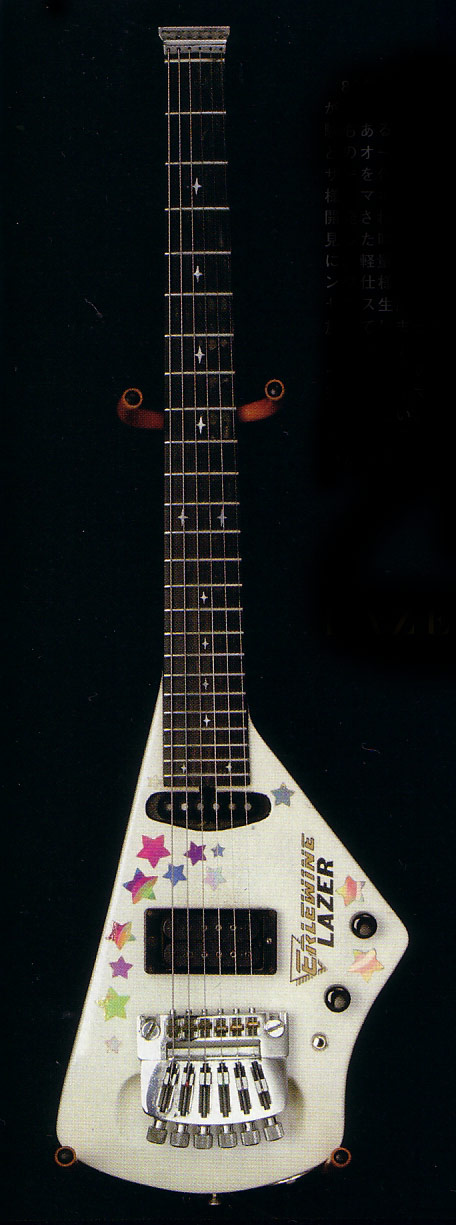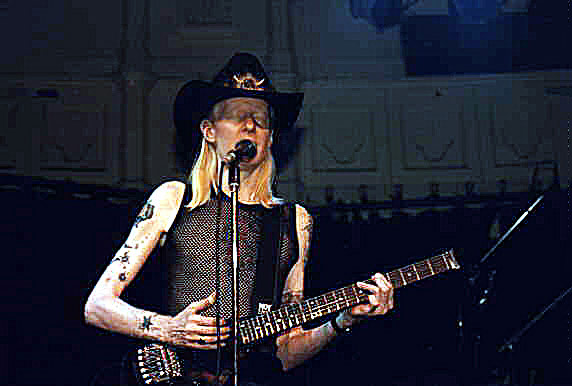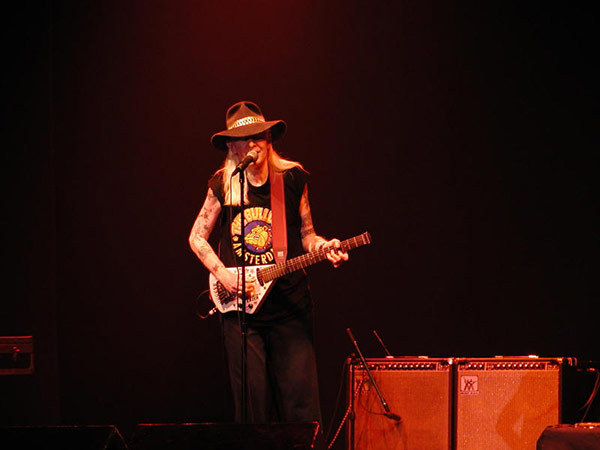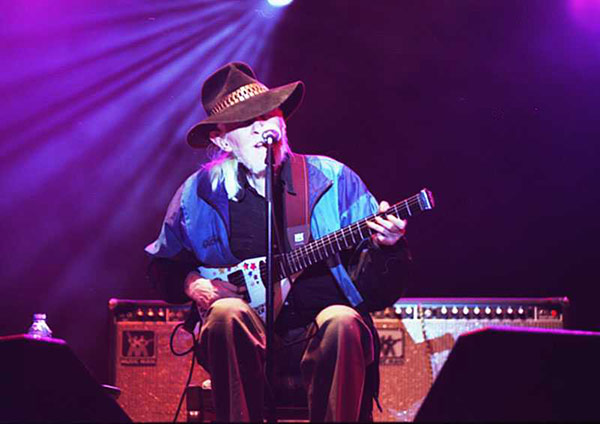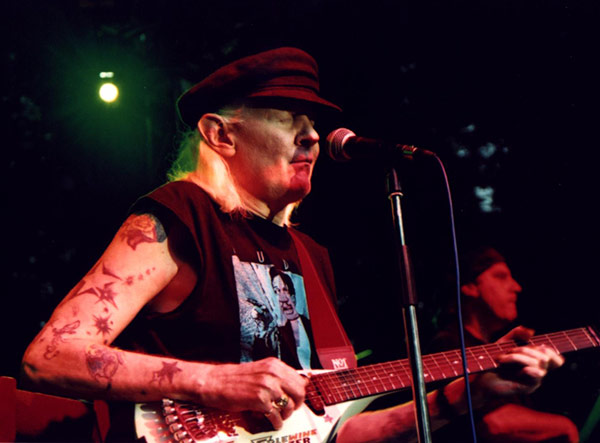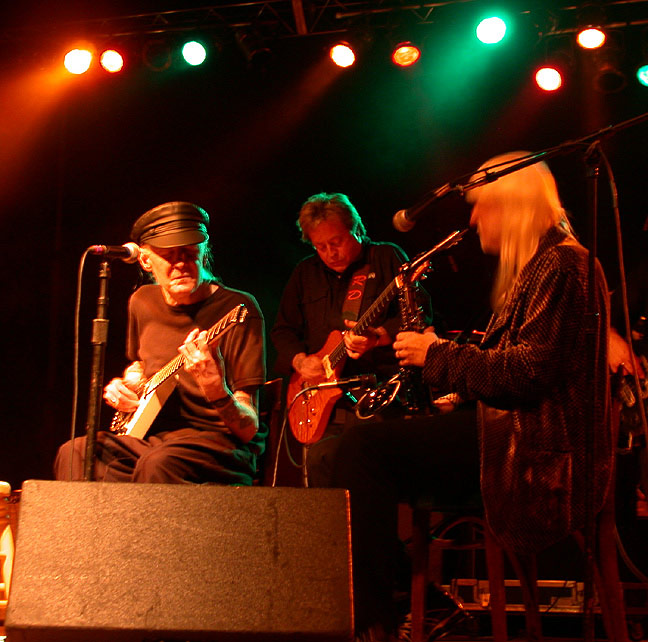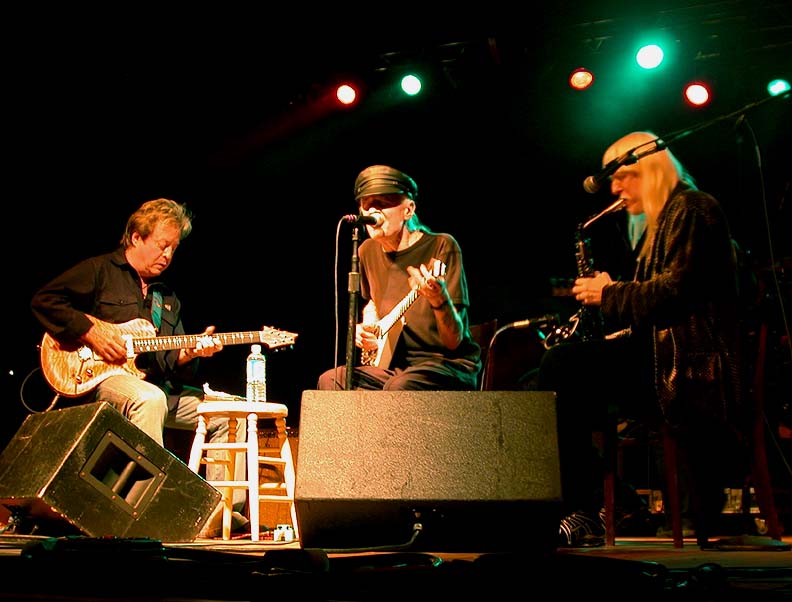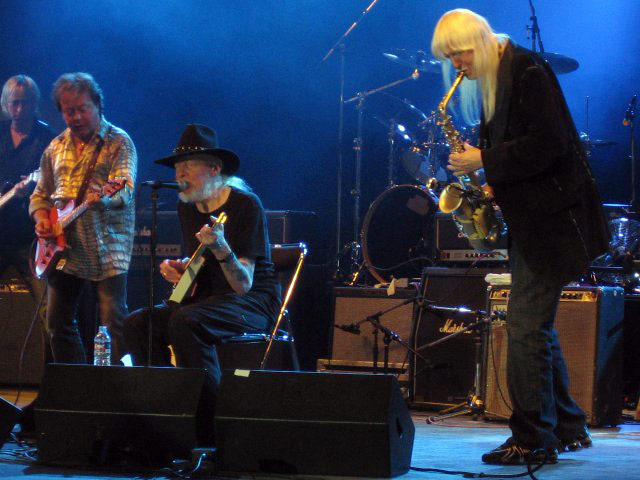by Andy Aledort
Johnny Winter
SONY/LEGACY, 2004; ORIGINALLY RELEASED ON CBS, 1969
Johnny's debut showcases his brilliant slide work on acoustic ("Dallas," "When You've Got a Good Friend") and electric ("I'm Yours and I'm Hers," "Back Door Friend," "Country Girl"), plus his blazing single-string blues ("Be Careful with a Fool") and incredible vocal prowess ("I'll Drown in My Own Tears," "Two Steps from the Blues").
The Progressive Blues Experiment
RAZOR & TIE, 1999; ONE WAY, 1992; ORIGINALLY RELEASED ON IMPERIAL, 1969
Recorded at the Vulcan Gas Company in Austin, Texas, this "unauthorized" release was actually Johnny's primarily live demo tape, made before he'd secured a deal with CBS. It's also one of his favorite albums. Slide guitar highlights include the Muddy Waters gem "Rollin' and Tumblin'," Blind Willie McTell's "Broke Down Engine" and the Winter originals "Bad Luck and Trouble," "Black Cat Bone" and "Mean Town Blues."
Second Winter
SONY/LEGACY, 2004; ORIGINALLY RELEASED ON CBS, 1969
Second Winter is one of the most artistically adventurous and ambitious albums of the late Sixties, with Johnny blazing more trails than any artist in the blues/rock idiom. Highlights of the original release include "Memory Pain," "Fast Life Rider," "Hustled Down in Texas" and Johnny's incendiary take on Bob Dylan's "Highway 61 Revisited." The Sony/Legacy reissue includes Live at Royal Albert Hall, a stunning performance as good as any live rock album ever released.
Johnny Winter And
CBS, 1970
This sparkling studio offering made with Johnny's "new" backing band, the McCoys, includes Johnny's super-hot take on Rick Derringer's "Rock and Roll, Hoochie Koo," plus stunning original compositions, "Nothing Left" and "Guess I'll Go Away." A sadly overlooked gem, it has yet to be reissued on CD domestically.
Johnny Winter And...Live
CBS, 1971
Johnny's best-selling album, but one of his least favorites. Regardless, his solos on "Good Morning Little Schoolgirl," "Johnny B. Goode" and "Jumpin' Jack Flash" are textbook examples of blues/rock genius, and the live take of "Mean Town Blues" remained unsurpassed until the version included on the Second Winter bonus disc, Live at Albert Hall.
Still Alive and Well
CBS, 1973
Johnny emerged from drug rehab and cut his primarily three-piece outing with bassist Randy Jo Hobbs and drummer Richard Hughes. A more "live-sounding" studio recording you will not find. Highlights: the white-hot "Rock Me Baby," "Can You Feel It" and "All Tore Down," gutsy takes of the Rolling Stones' "Let It Bleed" and "Silver Train" (allegedly written for Winter), and the kicking title track, which Johnny introduces by saying, "I'm hungry, let's do this fucker!"
Saints & Sinners
CBS, 1974; REISSUED IN 1996 WITH BONUS TRACKS
More "commercial" than Still Alive and Well (and somewhat contrived), but not without bright spots, such as a rollicking version of Chuck Berry's "Thirty Days," a truly degenerate-sounding take on the Stones' "Stray Cat Blues," the fiery "Bad Luck Situation," and the acoustic slide bonus cut, "Dirty," featuring flautist Jeremy Steig and acoustic bass.
Captured Live! and Together—Live
BLUE SKY, 1976
At the height of his rock and roll fame, Johnny released these two live gems, both testaments to his stature as the premiere guitar god of the Seventies. Highlights of Captured Live! include his blinding solo intro to "Bony Moronie," the X-rated Johnny joke "Sweet Papa John," and his balls-out cover of "Rock and Roll People," featuring a rippin' rendition of "Highway 61 Revisited." Together finds the Winter brothers revisiting songs from their earliest teenage performances ("Harlem Shuffle," "Soul Man," "You've Lost That Lovin' Feeling") and offers up the greatest rock and roll medley ever recorded.
Nothin' But the Blues
BLUE SKY, 1977
With this album, Winter moved from rock to the blues for good. Flanked by Muddy Waters' band (including Muddy himself), he paved the way toward his eventual production of Muddy's Grammy-winning releases, Hard Again, I'm Ready and Muddy "Mississippi" Waters Live.
White, Hot and Blue
BLUE SKY, 1978; OUT OF PRINT
It's a sin that this near-perfect album is unavailable. Sony filled the gap with the disc Scorching Blues, which includes WH&B's "Walkin' by Myself," "One Step at a Time" and "Divin' Duck Blues" but criminally excludes "Ez Rider," "Nickel Blues," "Last Night," "Messin' with the Kid" and "Honest I Do."
Let Me In
POINTBLANK/CHARISMA, 1991
Johnny's debut for Virgin Records, this current label, features truly inspired playing in the guitar and vocal departments, especially the heart-wrenching "Life is Hard," featuring stunning harmonica from Dr. John.
